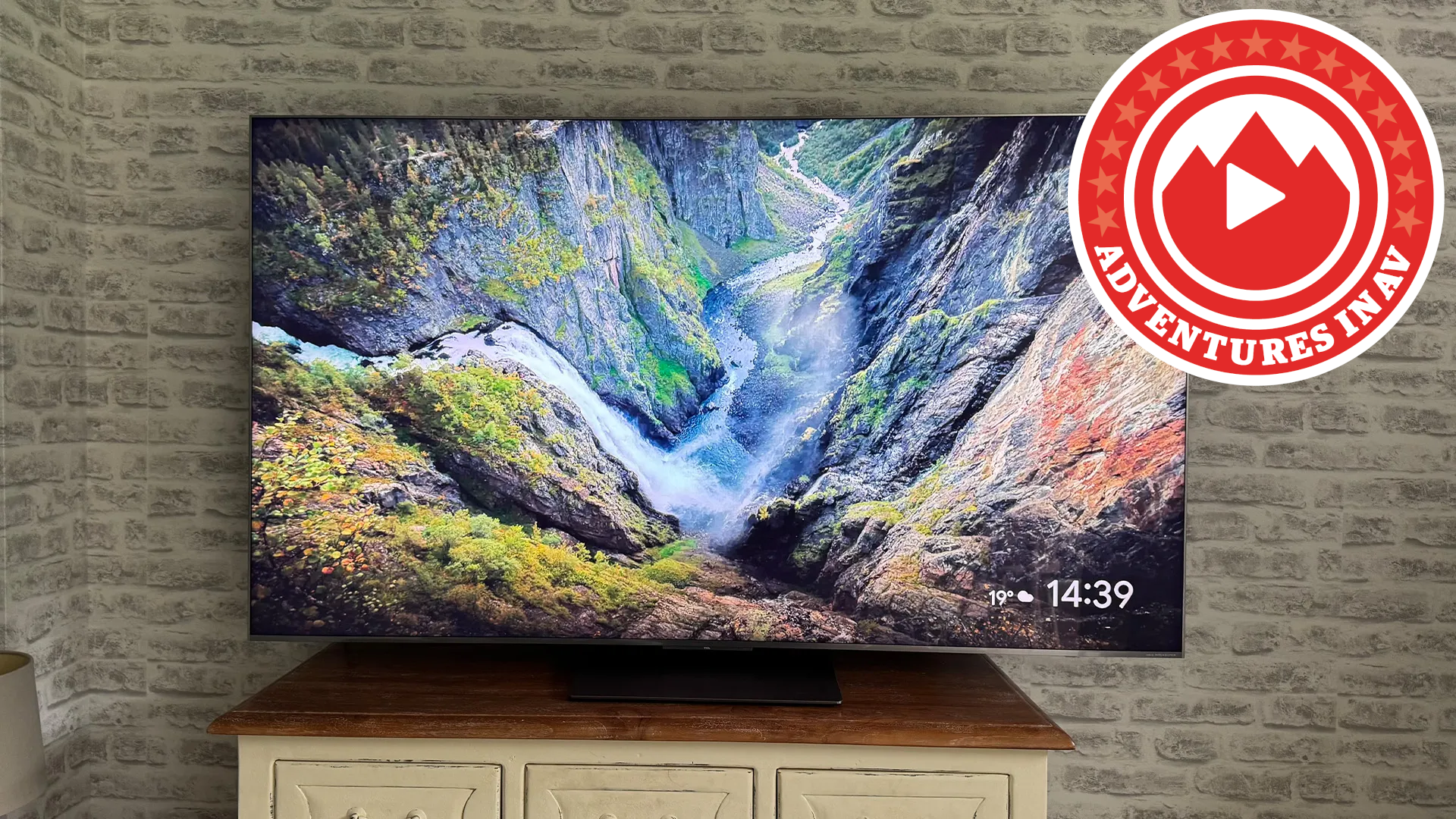What Hi-Fi? Verdict
Sony’s A9 speaker system redefines accessible home cinema sound with an innovative, immersive and flexible solution
Pros
- +
Not fussy about positioning
- +
Entertaining, detailed, cinematic
- +
Strong feature set
Cons
- -
The additional sub is pricey
- -
Slightly bright with stereo music
- -
Appearance is a bit bland
Why you can trust What Hi-Fi?
“Don’t confuse symmetry with balance,” wrote Tom Robbins in his 1976 novel Even Cowgirls Get The Blues, which follows the psychedelic adventures of a woman born with enormous thumbs. In its original context, it’s a metaphysical quip buried amongst trippy tales of free love, drug use, spirituality and yams, but it’s also apt to describe the philosophy behind Sony’s HT-A9 Wireless Home Theatre System, which encourages users to position its speakers arbitrarily, promising an even, uniform and immersive soundfield regardless of the symmetry of your set-up.
How does it achieve this wizardry? The HT-A9 supports Sony's 360 Spatial Sound Mapping, combining two technologies: Sound Field Optimisation and Monopole Synthesis. The former is an automated calibration that uses two mics built into each speaker to measure the room’s height, speaker distance and location. The latter is a technique that follows similar principles to Ambisonics and Wave Field Optimization to synthesise a soundfield with both real and ‘phantom’ sources.
Each of the four speakers contains a 19mm front-facing tweeter and full range X-balanced driver, as well as an upward-firing X-balanced driver that bounces sound off the ceiling. But Sony is reluctant to define the system in terms of discrete channels, saying instead that the four units will create a bubble of sound from 12 ‘phantom’ speakers. The company is keen to stress that the speakers don’t need to be placed at the same height or in a regulated formation, though each rough position is indicated on the underside with a label of either front left (FL), front right (FR), rear left (RL) or rear right (RR).
Crucially and most intriguingly, there isn’t a dedicated centre speaker to anchor dialogue to the screen. However, customers who also own a compatible Bravia XR TV (X95J, A80J, A90J, Z9J) can connect it to the hub via an included mini jack lead to take advantage of Sony’s Acoustic Centre Sync feature, which integrates the TV’s in-built speakers into the system.
Price
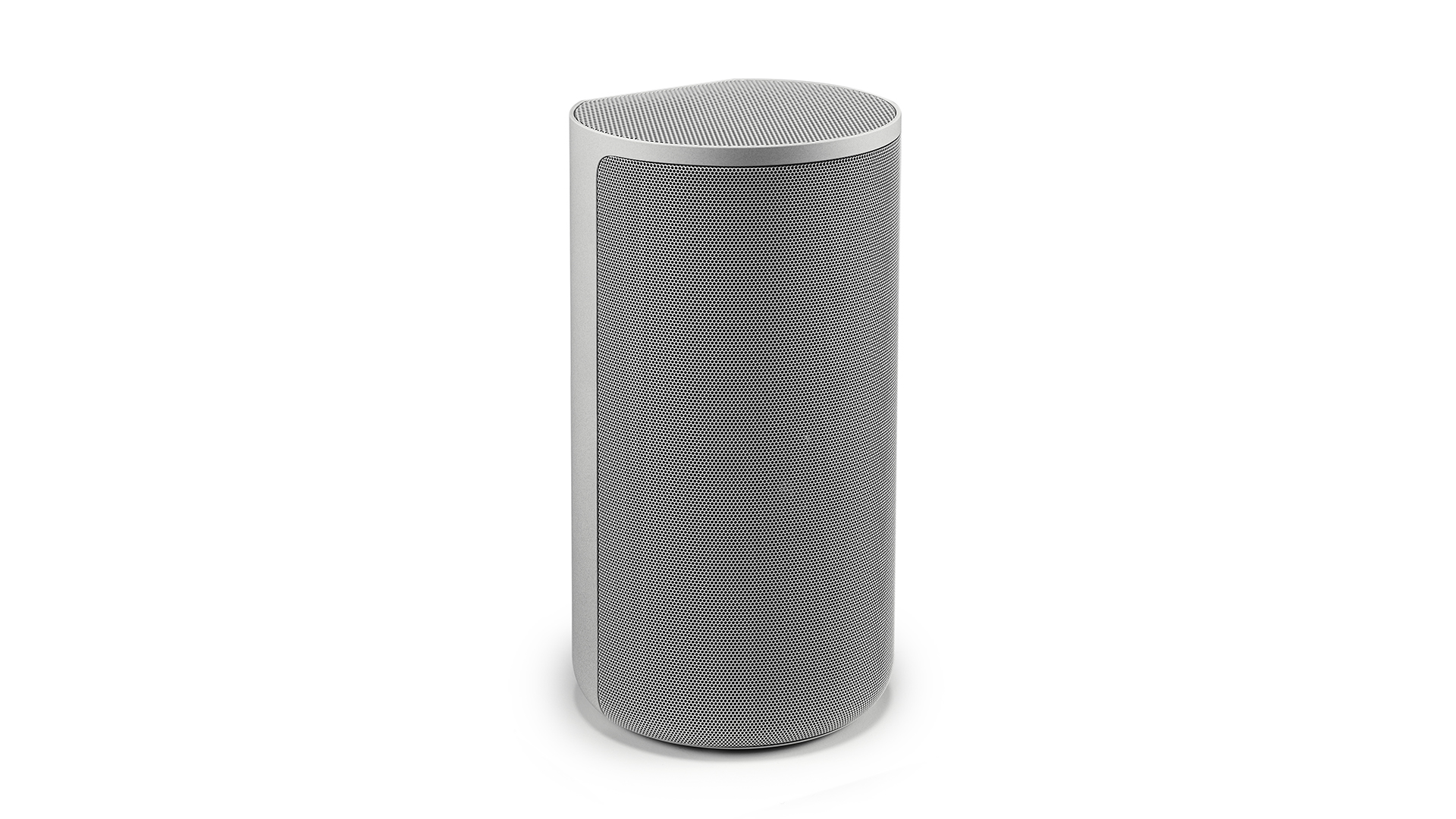
Broadly speaking, those looking to improve upon their TV’s lacklustre sound can currently choose between two main product types: soundbars and speaker packages. The former offers compact, plug and play convenience, while the latter can deliver high fidelity sound but will encroach considerably upon your living room and bank balance.
Many home cinema enthusiasts feel that the sonic trade-offs of a soundbar are simply too significant for them to be worth considering. Still, the impracticality of a full system, especially in smaller homes or for those with children, makes them prohibitive to most people. Both options rely on fairly strict placement to create a ‘sweet spot’ for listening, which is often frustratingly narrow, and in the case of soundbars, front-heavy with inadequate rear speakers that often seem tagged on as an afterthought.
The Sony HT-A9, consisting of four identical-looking wireless speakers and a hub that connects to your TV, is keen to offer a third way, reconciling convenience with improved sound quality and consistent coverage. But it also aims to offer something that neither of these categories currently does: a flexible, complete Dolby Atmos cinema, in one box.
The latest hi-fi, home cinema and tech news, reviews, buying advice and deals, direct to your inbox.
Priced at £1599 / $1799 / AU$2499, the HT-A9 is intended to function as a stand-alone system and is similarly priced to several flagship soundbar packages. Many of these systems, such as LG’s 7.1.4 package, the SP11RA (£1499 / around $2050 / AU$1849), and Samsung’s 11.1.4 HW-Q950A (£1399 / $1500 / AU$1795) include satellite speakers and subwoofers.
Sony’s own top-of-the-line soundbar, meanwhile, the HT-A7000, is priced at a more modest £1199 / $1300 / AU$1699, with the additional surround SA-RS3S speakers an optional extra costing £449 / $350 / AU$649. Likewise, there’s a choice of two supplementary subwoofers, the 300W SA-SW5 priced at £699 / $700 / AU$899, and the 200W SA-SW3 costing £449 / $400 / AU$599.
However, we don’t get the impression that Sony intends the HT-A9 to compete directly with complete speaker packages. It’s a unique product at present, and we’d expect that for customers considering purchasing this system the deciding factor, aside from cost, would likely be what fits – and looks – better in their home.
Build
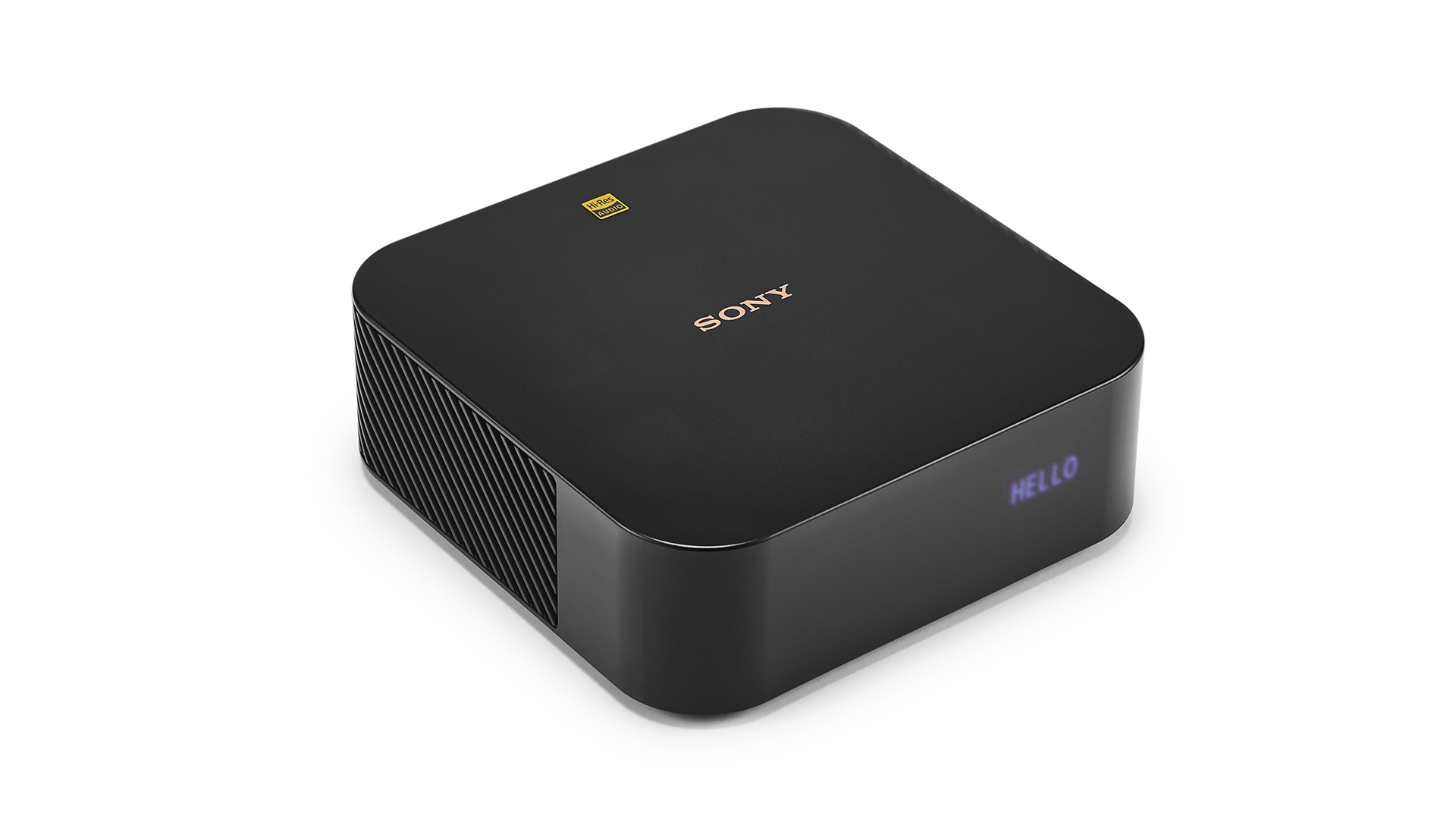
At over 30cm, the HT-A9’s speakers are taller than most soundbar surrounds, but Sony has tried to make the design as understated as possible. The front and top faces are covered in a matte perforated grille while the rear of each unit is flattened off, allowing them to sit flush against walls, and there is a concealed hook for easy rigging. The positioning and focus of the speakers is flexible but they should maintain a direct line of sight to the listening position and the ceiling, so placing them in recessed cabinets or shelves should be avoided.
The system only comes in one neutral colour described as a ‘light pearl’ that will blend easily into concrete, stone and contemporary grey rooms, but next to pure white surfaces, you may find yourself wishing you could give them a bit of a clean. The optional wireless subs don’t share the same aesthetic and instead are matte black and blocky with rounded corners.
Resembling an Apple TV streamer, the control hub has an eARC output and an HDMI pass-through that supports 4K@60fps and HDR in the Dolby Vision, HLG and HDR10 formats. There’s also a LAN socket (and wi-fi connectivity), a USB service port and a mini-jack output for connecting to S-Center sync.
Although the speakers connect to the hub wirelessly, they do still require hardwired power. Given that proximity to wall sockets will likely be a primary factor in determining placement, it’s worth bearing in mind that the included power cables are on the short side. They’re standard figure-of-eight cables, though, so you could replace them for longer alternatives at little extra expense.
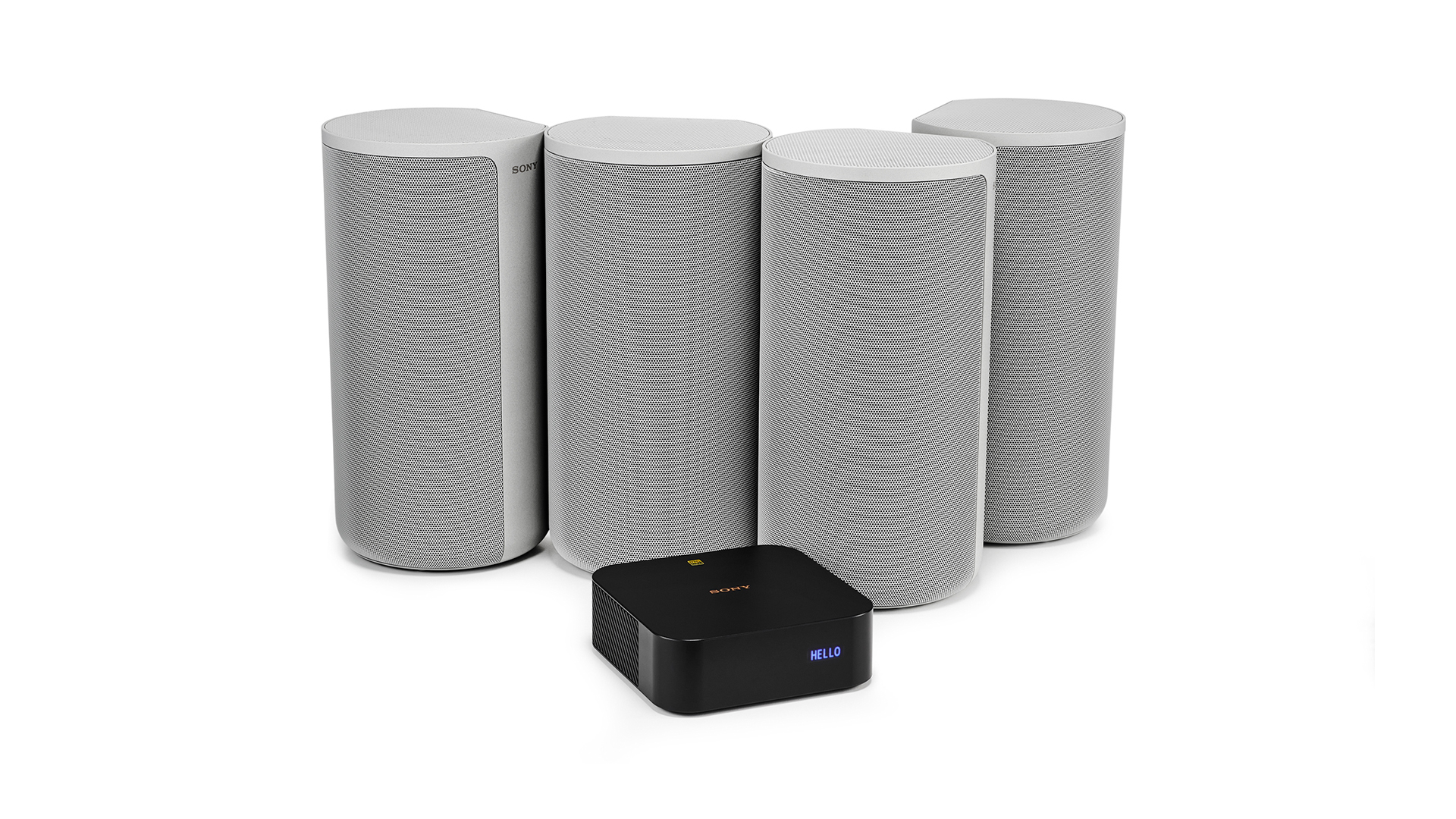
Connections 1 x eARC, 1 x HDMI input
Video pass-through 4K@60fps; Dolby Vision, HLG, HDR
Chromecast Yes
Apple AirPlay 2 Yes
Bluetooth 5
Voice Control Works with Google Assistant and Amazon Alexa
Audio formats Dolby Digital, Dolby Digital Plus, Dolby TrueHD, Dolby Atmos, Dolby Dual mono, DTS, DTS HD High-Resolution Audio, DTS HD Master Audio, DTS ES, DTS 96/24, DTS:X, LPCM
Dimensions (hwd) Speakers: 31 x 16 x 14.8cm; control hub: 5 x 15 x 15cm
Speaker weight 0.45kg
A small remote, similar to the A7000’s, is included, and, like its soundbar sibling, the HT-A9 also benefits from a fully integrated on-screen set-up and options menu if you own a compatible Bravia TV (Z9J, A90J, A80J, X95J, X90J, X85J or X80J series).
This makes the automated calibration very quick, and it’s easy to try out the extra manual modifications to adjust the overall height of the soundfield or to shift it horizontally if your TV is positioned off-centre. There is discrete control for the levels of the sub and rears, and three sound modes (standard, music and Surround), to fine-tune the presentation.
In terms of supported audio codecs, the A9 is well specced, with Dolby Atmos (in the Digital+ and TrueHD formats), DTS:X, LPCM, hi-res wireless audio and Sony 360 Reality Audio. The latter is a spatial technology intended to surround the listener, with compatible content available from Tidal, Amazon Music HD, Nugs and Deezer. When watching or listening to more standard stereo fare, the ‘Immersive AE’ setting on the remote can be engaged to up-mix content to create a 3D version that uses the height speakers and the rears.
For this review, we listened to the HT-A9 both alone and with the pricier subwoofer option, the SA-SW5. We paired the system with Sony’s flagship A90J TV and tested the speakers both in ‘ideal’ positions and a number of more casual arrangements.
Sound
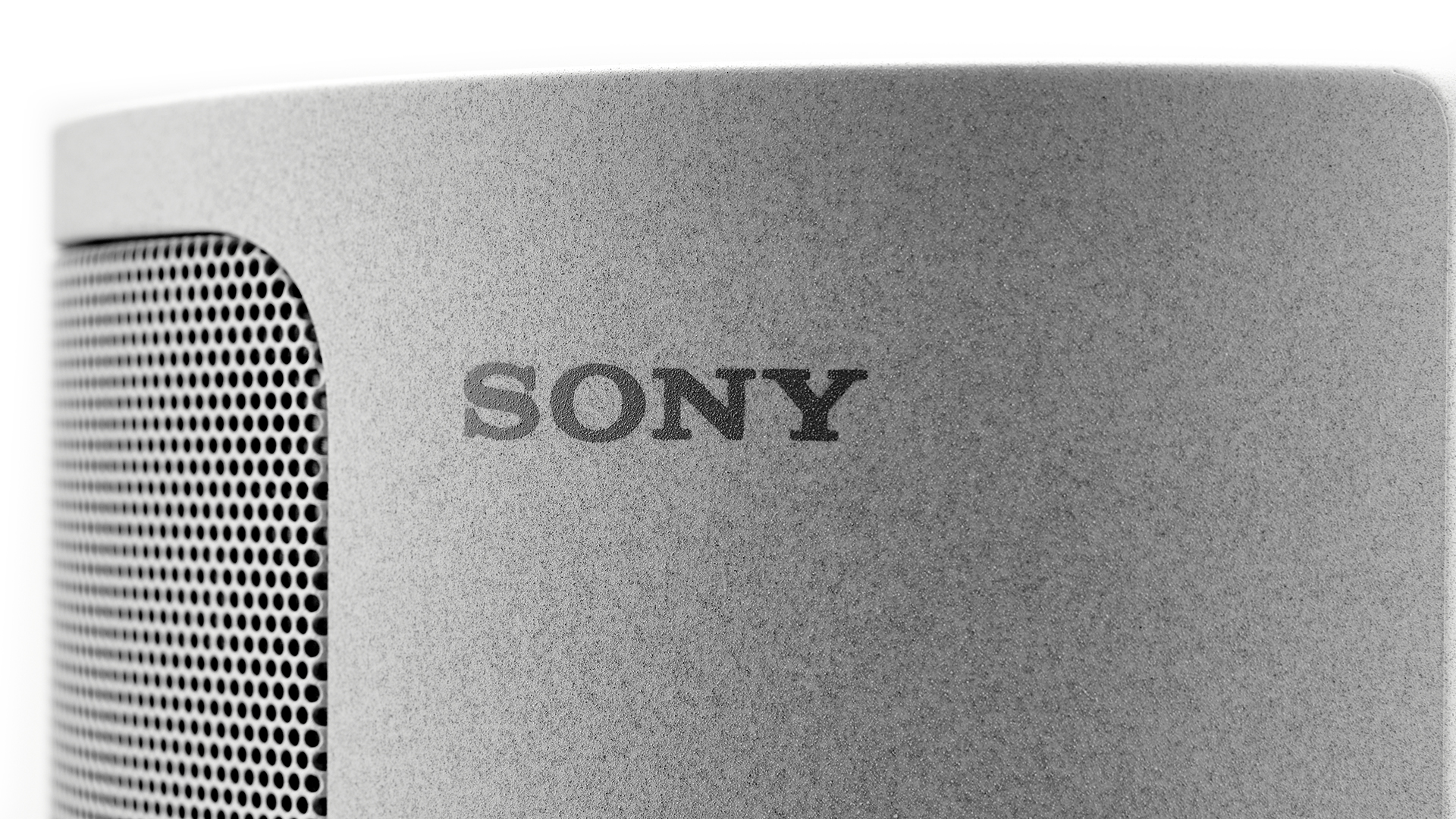
While we reserve a healthy dose of scepticism regarding phantom channels and sound bubbles, the wide dispersion of the HT-A9’s speakers is instantly striking and undeniably effective. Watching the unbeatable race from Ready Player One in Dolby Atmos, there’s a tangible feeling of distance and motion as the vehicles zip and weave across the soundfield. Having four equally sized, capable and wide-ranging speakers means that sounds from off-screen are as well conveyed as those from the front. And there’s a refined precision and texture that is more immersive than any soundbar package we’ve tried.
We find the system performs best when driven at higher levels, with the HT-A9 providing a decent amount of low end and attack. But when King Kong gets involved in the race, bringing the sub into the set-up adds much more scale and seems to bring out more of the mid-range in the satellite speakers. Meanwhile, at the top end, there’s plenty of fizz to be found in the screeches and skids of the vehicles. But it doesn’t veer into harshness, instead adding an expansiveness and detail that’s highly entertaining.
Swapping to Blade Runner 2049 in Dolby Atmos, we skip to where K meets the memory-maker Dr Ana Stelline. As the atmosphere in her hermetically sealed chamber transitions from rainforest to laboratory, the shift in the scale of the space that the A9 produces is effective. The sound fills our listening room nicely, and while we don’t get the sense that there are 12 sound sources in the room, there are no prominent gaps in the soundfield.
This is a dialogue-heavy scene, and despite the lack of a dedicated centre channel, there’s good speech clarity. We find that when the front speakers are placed wide of the screen, voices can sometimes feel slightly recessed or heard more directly from the speakers than from the centre. But never in a way that overly distracts or impacts intelligibility, even when we try a very lop-sided arrangement.
We’d suggest, if possible, positioning the front pair relatively close to the TV to help tighten up the image. You could also try using the S-Center Sync feature to help with this if you’ve got a compatible TV, but we wouldn’t particularly recommend that. While TVs such as the A90J sound very good by television standards, their relatively thin-sounding timbre when compared to the HT-A9 speakers upsets the balance of what is otherwise a very smooth sounding system.
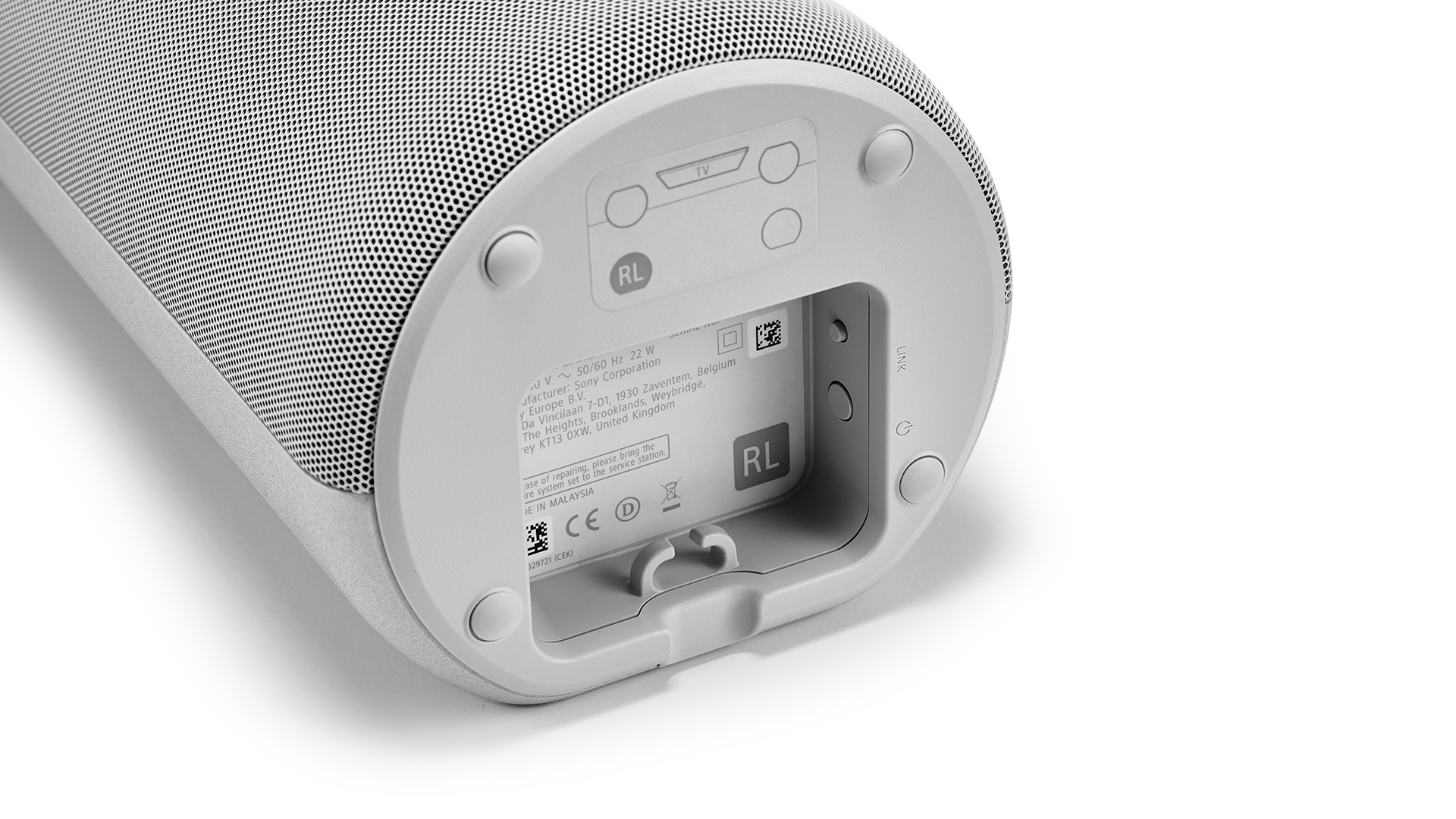
Watching Scandinavian horror Midsommar in 5.1, the subtle details of the disturbing sound design, from exaggerated breathing to ominous gusts of wind, are well pronounced and disarming. We try implementing the Immersive AE setting, and the translation is solid and engaging, though the quality of the standard mix is such that we don’t find it necessary.
Skipping ahead to the disorientating maypole scene, we try some more challenging speaker layouts (recalibrating the system each time). The HT-A9’s adaptability in this respect is commendable. While it may not have constructed a perfect ‘bubble’, it does create a very forgiving, well-blended soundfield, with an easy flow and handover between each speaker. Most importantly, no matter how haphazard our speaker positions, the sound design never feels off-kilter or detracts from the action on-screen.
Changing to music, we listen to Ani DeFranco’s Little Plastic Castle on Tidal. The stereo imaging is good, and the vocal has plenty of nuance and character. While it adds to the lively spaciousness of transients such as the ringing snare or the reverb on the solo acoustic guitar, the top-end feels a little insistent, especially when the arrangement becomes busy and brassy. The tonal depth of the satellite speakers exceeds that of other compact systems but adding the sub helps to counterbalance the high frequencies, as does listening with Immersive AE. Though in this instance, the up-mixing sounds a touch cluttered.
Immersive AE tends to be more successful on modern tracks, and Self Esteem’s I’m Fine, with its towering and immaculate percussive synth arrangement, in this format blooms with added vigour. Here, unsurprisingly, the sub feels much more essential, adding a powerful, if slightly blunt, intensity to the track. Overall, the sub isn’t indispensable to the system, but we would recommend adding it if your budget can stretch that far.
Finally, we try the 360 mix of Love Can Make it Easier by The Friends of Distinction, also on Tidal. There’s a lot of variety in the quality of 360 tracks, but this is one of the better ones with its slick, cogent arrangement highlighting the excellent integration of the HT-A9 system and well-placed details, such as the vibraslap and jazz flute located within the space, with an almost disconcerting realism.
Verdict
Sony’s HT-A9 speaker system offers immersive home cinema sound without pretension, successfully combining the ease and streaming features of a soundbar with the consistency and immersion of a traditional surround package. This is an accessible and generous set-up for people who want to add entertaining audio to their living room without being precious and would well suit those with large families or who live in awkward spaces. It is incredibly forgiving in its placement.
There are, of course, limitations as to what it can deliver, and despite the tonal range, precision and expansiveness of the HT-A9 out-shining almost all comparatively priced soundbars, the system doesn’t quite have the same fidelity and transparency we would expect from a traditional speaker package.
That’s probably to be expected, though, and Sony’s HT-A9 home cinema system fills a void in the market in very fine style.
SCORES
- Sound 5
- Build 4
- Features 5
MORE:
Read our review of the Sony HT-A7000
Also consider the Sonos Arc with Sonos 1 surrounds and sub
Read our Samsung Q950A review
Check out the pricey but excellent Sennheiser Ambeo
These are the best soundbars 2021: the best speakers you can buy
What Hi-Fi?, founded in 1976, is the world's leading independent guide to buying and owning hi-fi and home entertainment products. Our comprehensive tests help you buy the very best for your money, with our advice sections giving you step-by-step information on how to get even more from your music and movies. Everything is tested by our dedicated team of in-house reviewers in our custom-built test rooms in London, Reading and Bath. Our coveted five-star rating and Awards are recognised all over the world as the ultimate seal of approval, so you can buy with absolute confidence.

